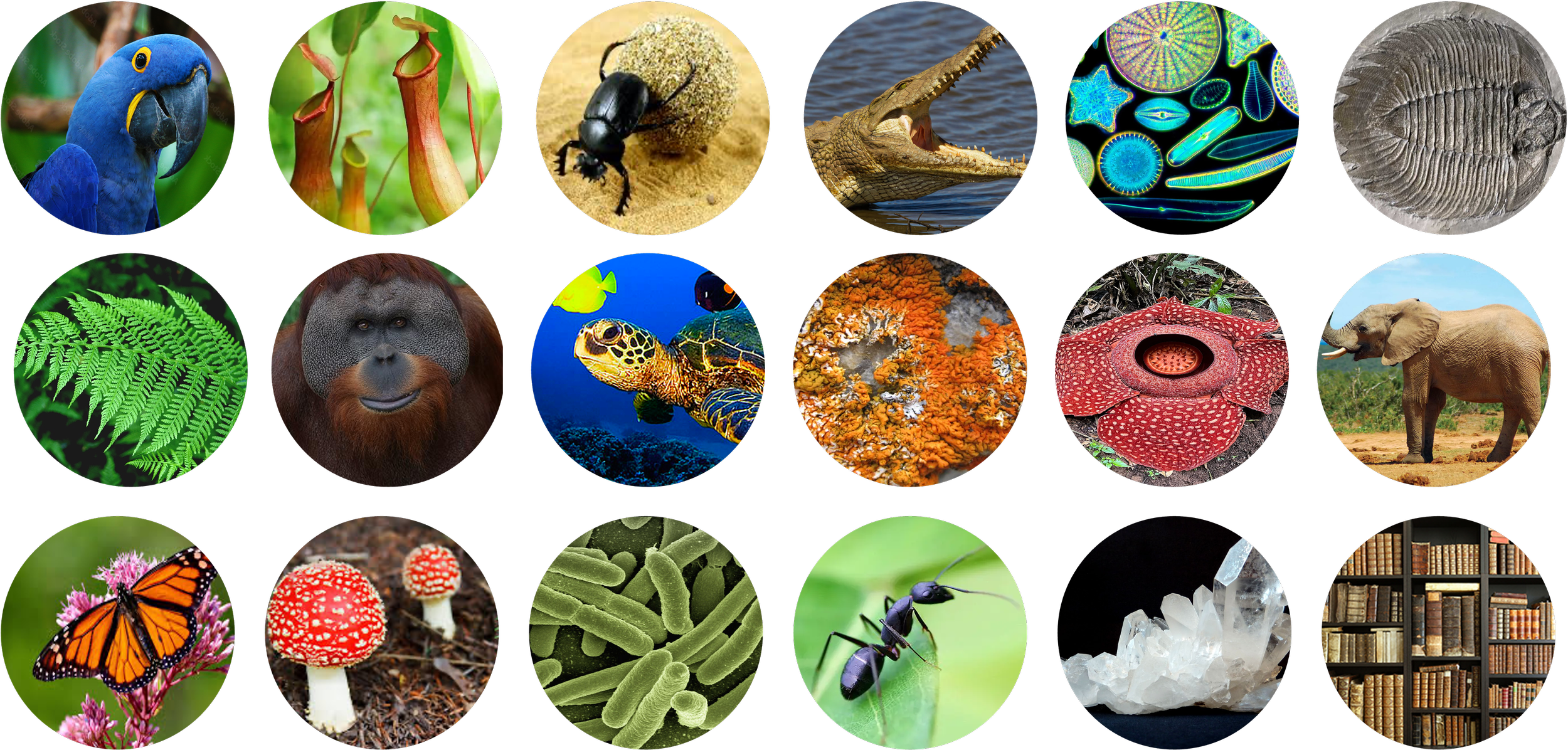
Global Biodiversity Information Facility & Svensk Biodiversitets Datainfrastructur
Free and open access to biodiversity data is critical for science and society. GBIF is an international network and data infrastructure funded by the world's governments and aimed at providing anyone, anywhere, open access to data about all types of life on Earth. Mobilising biodiversity data has a major impact: economic valuation of the GBIF infrastructure has demonstrated that with every €1 invested, there are up to €12 returns to science and society, including businesses.
"Every specimen in a collection holds a story about life on Earth. When museums like Evolutionsmuseet digitize and share these stories through GBIF, they become part of a global effort to understand and protect biodiversity. Supporting this work means investing in knowledge that benefits science, conservation, and future generations."
Veronika Johansson
Node Manager GBIF Sweden & SBDI

The SLU Species Data Bank at the Swedish University of Agricultural Sciences plays a central role in assessing and managing biodiversity data, producing the Red List, and providing essential resources like the Dyntaxa database and Artportalen reporting system. Staff at the Evolutionsmuseet regularly update data on Swedish species to support ongoing research and public knowledge.
SLU- ArtDataBanken

SciLifeLab’s strategic area Planetary Biology is sprung out of a need for trans-disciplinary and coordinated approaches to study life on Earth, with a broad scope ranging from single molecules and cells to individual species, species communities, ecosystems, and their functioning on the planet. Simply speaking ”Life in environmental context
SciLifeLab Planetary Biology
“Evolutionsmuseet’s collections and taxonomic expertise are key to Planetary Biology’s trans-disciplinary efforts to understand life in environmental context, from molecules to ecosystems.”
Olga Vinnere Pettersson
Scientific Lead for Planetary Biology
SciLifeLab

UU Biodiversity Data Lab
“The collections and archives housed at the museum provide unique insights into biodiversity at different points in time, from the present to several decades or centuries into the past. Such data are essential for many modeling tasks, such as causal modeling and inference of biodiversity trends. Utilizing this valuable data-source allows us to understand how biodiversity has changed through time, particularly in response to human impact and recent climate change.”
Tobias Andermann
Assistant Professor & DDLS Fellow,
Biodiversity Data Lab
Uppsala University

Per Alström, UU Department of Ecology and Genetics
Professor Per Alström, based at Uppsala University, is a world-renowned ornithologist whose pioneering research on bird taxonomy and evolution, especially among Asian passerines, has redefined global avian systematics. A Fellow of the Linnean Society of London and the Explorers Club, he has described multiple new species and published over 200 scientific works that continue to influence the field worldwide. His international impact is further reflected through key roles with institutions such as the Chinese Academy of Sciences and the Cornell Lab of Ornithology.
"Biological museum collections are far more than just repositories of specimens — they are of paramount importance to scientific research into the past, present and future of life on Earth. In my work on global bird diversity, I rely on specimens collected from around the world over the course of centuries. Thanks to recent technological breakthroughs, it is now possible to extract and analyse entire genomes from even centuries-old museum samples. And who knows what future innovations will allow scientists to uncover next? Preserving, curating and expanding these collections is absolutely essential for deepening our understanding of biodiversity. After all, we are not separate from the natural world; we are part of it, and our survival depends on it."
Per Alström
Professor of ornithology & evolutionary biology
Fellow of the The Linnean Society

UU Montejo-Kovacevich Lab
“Museum collections don’t just tell us where species once lived, they can reveal how they looked, how they functioned, and how their genomes have changed through time. In my lab, we study butterfly evolution in the Anthropocene, using collections as windows into the past. But unlocking their full potential demands expert curation, cutting-edge tools, and a major push to digitise and catalogue the millions of specimens still tucked away in drawers. With the right support, I’m convinced collections such as Evolutionmuseet will become a driving force in biodiversity and conservation science.”
Gabriela Montejo-Kovacevich
Assistant Professor
Montejo-Kovacevich Lab
Uppsala University

Collaboration
Great things happen when we work together! We have ongoing international collaborations and welcome partnerships with museums, research institutions, universities, and organisations that share our passion for taxonomy, biodiversity, and education.



























